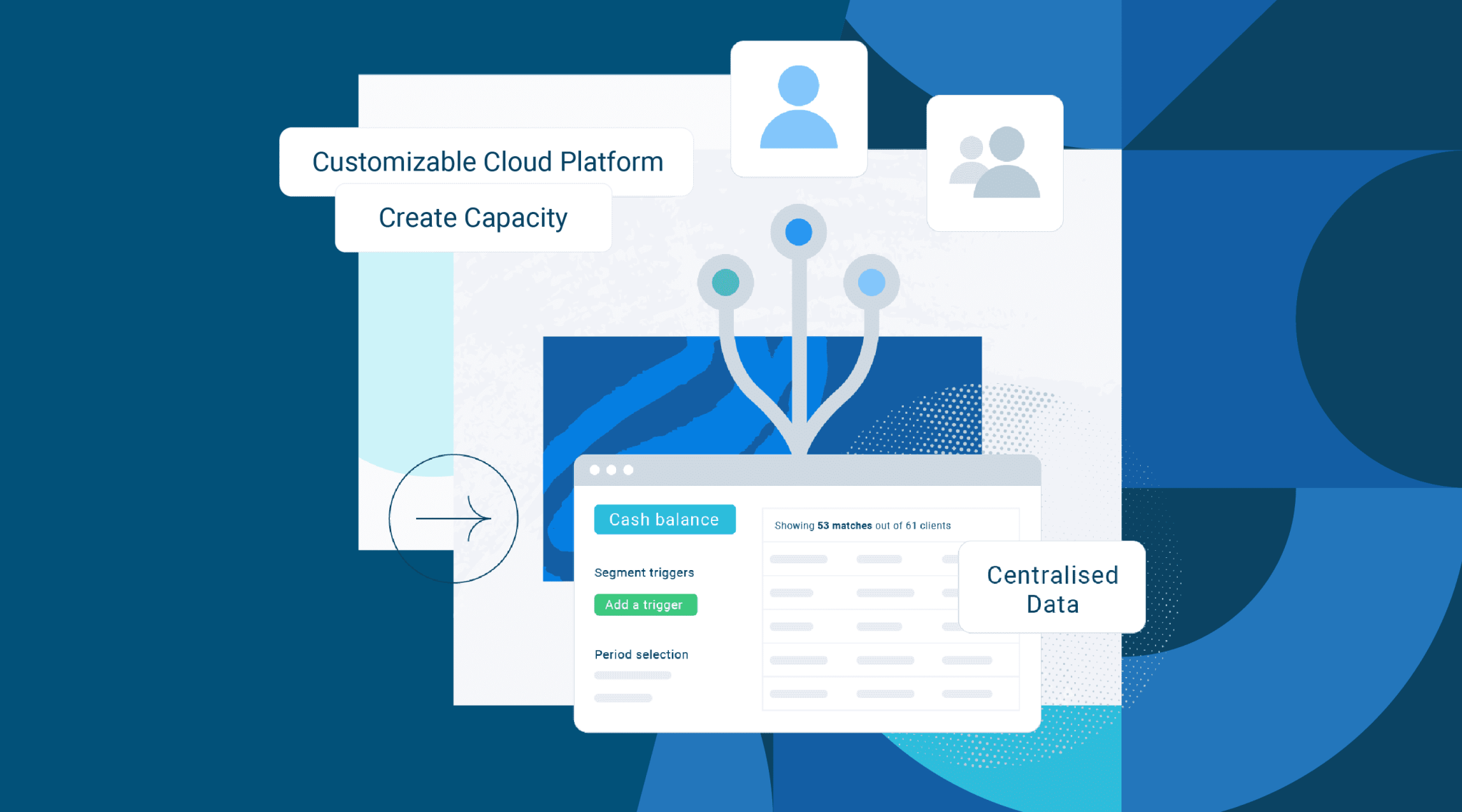To build the right strategy for your service transformation, it’s important to understand the current accounting environment, and how the landscape has changed over the past decade.
We’re living through what the World Economic Forum has termed ‘The Fourth Industrial Revolution’, a shift towards digital working, online interaction and software automation that has impacted on practically all industries in the developed world. It’s a time of unique change and transformation in the business world, and this industrial revolution is driving some key trends within the accounting sector.
1. Increasing use of technology
To meet the needs of the digital world, accounting has seen an increasing emphasis on technology and software within a modern accounting firm. This technology brings a host of benefits to the efficient running of your firm, but can also add complexity
Some key technological shifts include:
- The move from paper to digital – traditional ledgers and paper files are fast becoming relics of a bygone era, with most firms moving to a mixture of desktop, cloud and enterprise software packages to run and manage their practice.
- Integration with your client’s systems – to carry out your work, you need to connect with the software platforms and solutions used by your business clients, with many using industry-specific tools and the latest in mobile business apps to manage their company.
- Working from mobile devices – your clients and your staff are increasingly used to ‘working on the go’, using smartphones, tablets or laptops to access the software tools they need 24/7 from anywhere that has an internet connection.
2. Efficiency and the need for speed
Increasing the efficiency and productivity of your workflow is at the heart of the modern accountancy firm. And that’s not just driven by the capabilities of new technology, but also by the needs of your clients and the imperative you have to make the firm profitable.
The need for ‘everything to be faster’ manifests itself in a range of ways – but, for the accountant, this generally breaks down to three core aims:
- Increase your workload – so your team’s productivity is maximised.
- Deliver your work to clients faster – so clients have the important numbers they need.
- Complete more jobs – so the firm can service a greater number of clients.
3. Value pricing and what you deliver
Charging for your work used to be simple. Time was recorded against each job, then charged out to the client at an agreed hourly rate for each member of staff on the project. But there’s an evolving shift away from this hourly model towards the concept of ‘value pricing’. What your clients are willing to pay is no longer defined purely by the time taken to complete their basic compliance work – that accounts work is now seen as a standard offering.
Price is now more likely to be measured around:
- The range of services you offer the client – usually within a defined package model.
- The amount of support you provide – and the depth of your client relationship.
- The value you bring to the client – i.e. how integral you become to their success.
4. Changing client expectations of your service
As we’ve already highlighted, clients expect to get more advice from their accountant – and that, in turn, is having an impact on the nature of the services your firm must supply.
37% of small and medium-sized business owners think accountancy is becoming more automated and that they can complete a range of tasks themselves, according to The State of Accounts report from Xero. More worryingly, the same report found that 59% of small businesses don’t think they will need an accountant in 10 years’ time. The desire for compliance work as a sole service offering is on the wane, with many clients now expecting the bookkeeping, accounts and tax returns completed as a matter of course. But with the compliance done as standard, what other higher-level services do clients want?
Key areas where business leaders want advice:
- Business and financial performance
- Management accounts and KPI reporting
- Managing cashflow and cash forecasts
- Debtor tracking and reducing aged debt
- Spend management and expenses
- Software and systems advice
- Strategic planning and goal setting
- Access to finance and funding
- Outsourced financial director (FD) services
- Business coaching and mentoring
4. Choosing the right services — what do you do next?
We’ve seen how the desire for compliance work has waned in recent times, and we’ve also seen how there’s a growing market for higher-level advice, support and outsourcing. There’s a broad spectrum of additional service your firm can adopt – and your end choices will be unique to your practice – but there are core value-add areas that will form the bedrock of your new service offerings.
We have compiled an eBook where we’ll guide you through the key challenges of developing new service offerings, and will take you step-by step through the important stages of the transformation process. Click here to find out more!
Make Silverfin the digital foundation of your advisory service
Silverfin is a centralised data hub designed specifically for finance professionals. We help you work, communicate and interact with clients in the digital space, making your client relationships more productive and reducing the time taken to service each business.






